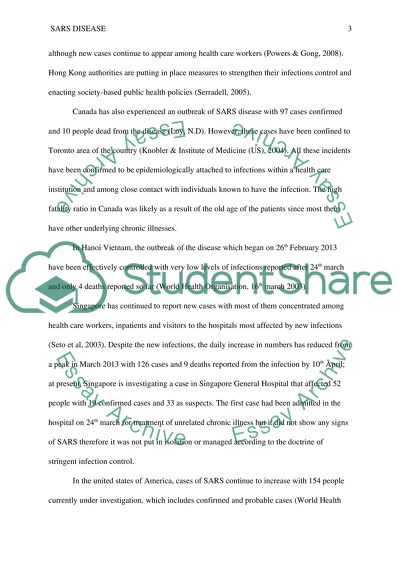Cite this document
(“SARS disease Essay Example | Topics and Well Written Essays - 1500 words”, n.d.)
SARS disease Essay Example | Topics and Well Written Essays - 1500 words. Retrieved from https://studentshare.org/health-sciences-medicine/1486900-sars-disease
SARS disease Essay Example | Topics and Well Written Essays - 1500 words. Retrieved from https://studentshare.org/health-sciences-medicine/1486900-sars-disease
(SARS Disease Essay Example | Topics and Well Written Essays - 1500 Words)
SARS Disease Essay Example | Topics and Well Written Essays - 1500 Words. https://studentshare.org/health-sciences-medicine/1486900-sars-disease.
SARS Disease Essay Example | Topics and Well Written Essays - 1500 Words. https://studentshare.org/health-sciences-medicine/1486900-sars-disease.
“SARS Disease Essay Example | Topics and Well Written Essays - 1500 Words”, n.d. https://studentshare.org/health-sciences-medicine/1486900-sars-disease.


